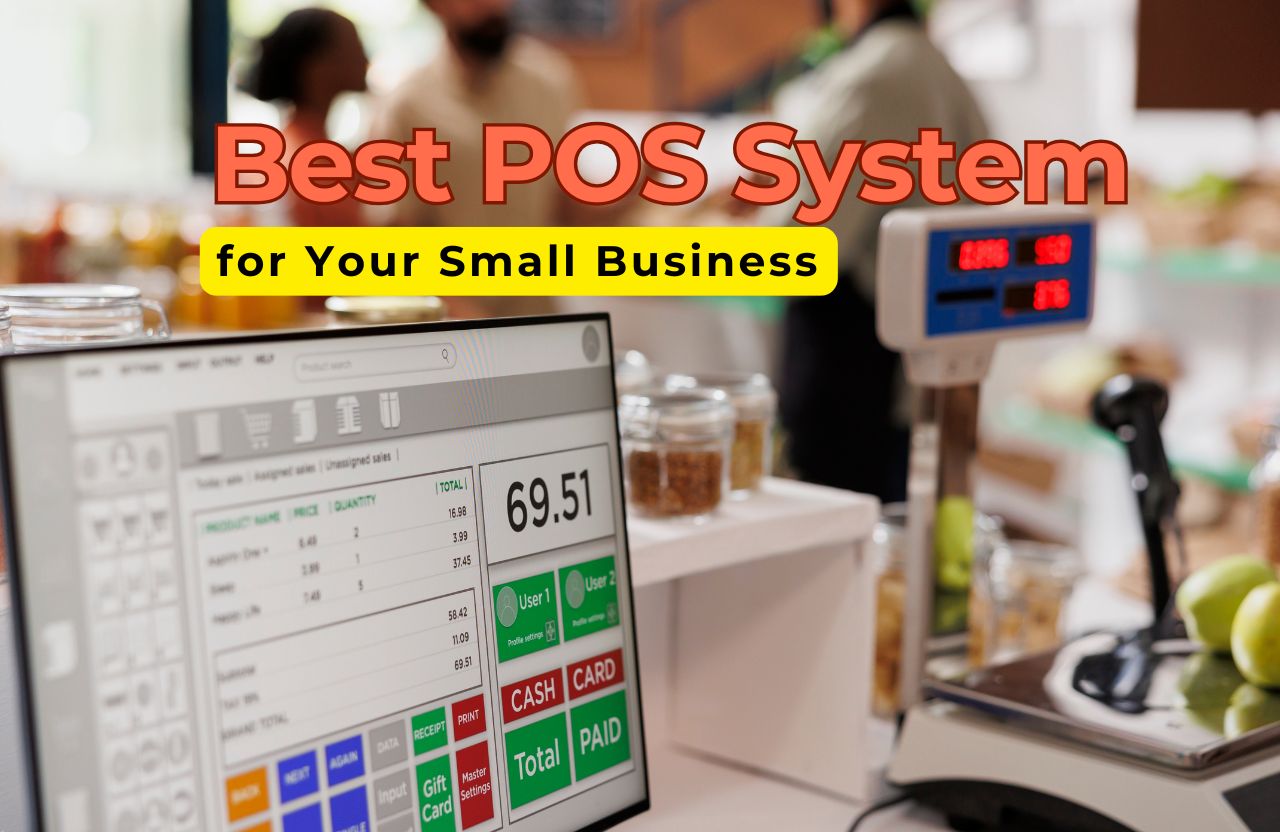Commercial Lobster Farming – Business Plan Outline
Education
A background in agriculture and farming would be beneficial.
Skills and Experience
An understanding of how technology works and lots of reading and research on the kinds of lobster farming (some lobsters are cannibalistic), the fishes which can be grown with lobster, etc., is absolutely crucial.
Business Overview
Commercial Lobster farming is a very profitable venture.
Highly-priced as seafood, lobsters are pricey in local as well as international markets. This is one such business where you can grow other fish species as well, which if done correctly, would lead only to increased profits.
Lobster farming is a viable and a very lucrative option as lobsters are highly-priced marine crustaceans. If you live in a coastal area, then going for lobster farming is one of the most profitable ventures.
A solid business plan coupled with in-depth knowledge and research on lobster production would help you take your business to groundbreaking levels.
Types of Lobster
There are three types of lobster which are farmed for profit:
- Tiger lobster (Panulirus ornatus)—these lobsters are distinguished by its spotted legs;
- Bamboo lobster (Panulirius Versicolor)—as the name suggests, they are stripes on the legs which resemble a bamboo trunk.
- Adik-adik lobster (Panulirus edulis)—this lobster is recognized by its characteristic reddish back.
The most common lobster farmed is the tiger and bamboo lobsters as they grow fast and reach the marketing size quicker leading to more profits.
Site Selection
Keep the following in mind while choosing a site for your pond:
- Select a pond near a river or canal ensuring a constant supply of water. If you are not located near any water source, make sure to fit a tube well for a continuous supply of water.
- It has ample water supply free from pollutants, considerable amount of sand, and sufficient sunlight.
- Has a minimum depth of 1 meter during low tide (if you place your troughs/lobster pens in a river canal)
Prepare Your Pond
Prepare your pond before doing any kind of farming. This is crucial to ensure the optimum growing environment for the lobsters. Clean and disinfect your pond well, using certified cleaning agents and lime. This removes harmful gas and viruses from the growing facility. Apply cow dung and such natural manures at the bottom of the pond and allow it to stay for 5-7 days. This will ensure the growth of aquatic organisms and provide a good environment for the growth of lobster.
Growing Your Lobsters
Purchase larvae from hatcheries. Larvae production and preparing them up to a month are done at fisheries or hatcheries. You can stock 10 lobsters weighing 150-200 grams in a 1-sq meter pen. In general, about 10,000 pieces of larvae can be stocked per acre. Ensure your supplier is near your farm so that there is minimal damage to the lobsters during transportation.
Also, keep in mind that lobster larvae don’t grow well in high-density conditions and fight with each other. Also, don’t stock bigger sized larvae with smaller sized ones; this will lead to cannibalism, i.e., they will start hunting each other. The larger ones will eat the smaller sized ones. Feed your lobster twice a day with lobster feed. Lobsters are carnivores and feed on small fishes. Initially, you can start feeding it seaweed and consult your local hatchery on what to feed fingerlings. Monitor the growth of the lobsters at least twice a month to determine feed requirements and for the record as well as finance purposes. This helps you keep track of the growth of your lobster and lets you know at what stage you are in your project.
Protect Your Lobsters
Make sure there is space for enough troughs (underwater pens) for lobsters to grow. If space is not enough, the lobsters will get crowded and start eating each other before developing their shells.
Be sure you provide netting to prevent the lobsters from escaping. Place bamboo slats on the top of the troughs with just a small space for feeding the lobsters. It also keeps the lobster hatchlings—which likes to swim at the surface of the water—free from predators like birds.
Waste Management
Provide good filtration for the water—this will prevent the occurrence of disease in the lobsters which can spread very quickly on a farm. Make sure to install biofiltration systems which will convert the waste produced by the lobsters into less toxic waste which will keep them safe. Make sure you clean the pen after feeding the lobsters. Clean the pen twice a month to remove the sediments.
Harvesting
Lobster is harvested approximately six to seven months after when they reach a weight of about 800 – 1000 gm. Lobsters are gently scooped using nets to avoid damage to the species. The newly-harvested lobsters are placed in a basin filled with seawater before packing. Do not harvest when it is raining, because lobsters die when exposed to freshwater.
Marketing and Selling
Contact potential buyers and seal contracts well before harvesting. Deliver the live harvest immediately to avoid stress in the lobster.
Meat from stressed lobster would not be much consistent and would not be much delicious, as opposed to lobsters that are handled with care and subjected to the least amount of stress.
Wrap the lobsters in paper cloth pre-soaked in seawater and place them inside Styrofoam boxes. Avoid freshwater at all costs.
Transportation
Lobsters are brought live and killed immediately before consumption. Ensure utmost caution hence, and handle lobsters with care. To keep lobsters fresh, store them in ice.
The local market is always a good place to sell freshly harvested lobsters. But exporting them fetches more income and profit. Please follow the link for lobsters exporting
Risk Management
As with any other business, lobster farming also comes with its own sets of risks.
Diseases amongst lobsters can spread easily if the pond is not properly maintained and can wipe out the entire harvest.
Consult a certified veterinarian or fishery expert to prevent such possible mishaps from happening. Proper care should be taken to disinfect the pond before stocking a fresh set of fingerlings.
As mentioned before, lobster is considered a delicacy and is a priced seafood in many parts of the world. If lobsters are farmed using the latest technology and correct methods, one will be able to produce 800 to 1000 kg lobsters from a pond of 1 acre.
Contact our Business consulting for more about How To Start a Lobster Farming Business.














I learn quite a few superb material listed here. Seriously worth book-marking with regard to revisiting. I personally big surprise just how a great deal of work you’d put to generate any such wonderful insightful site small business solutions.
I need information on starting a lobster farm.
Dear all,
I want to start my own project of lobster watersea tank and I need the coaching of a specialiste to inform me about the neccesary equipment that I have to buy.
Please note that our house is far of sea but I can change the water everyday.
Waiting for your kind advise.
Best regards.
Valuable information. Fortunate me I discovered your web site by accident, and I am shocked why this coincidence didn’t came about in advance! I bookmarked it.
Can you pls provide me with more info for starting a sea water lobster farm? Where can I buy tiger lobster larfs?
I’m staying on west coast south Africa.
Thanks
I am researching right now to start farming conch, oysters and lobster on the Caribbean island of Curacao. I can use some advice and pointing in the right direction.
I want to know how to start a lobster business in haryana, from where we brought seed and all other details
Very informative blog article.Really looking forward to read more. Really Great.
Very soon this website will be famous among all blogging people, due to it’s
nice articles or reviews
I’m more than happy to uncover this website. I need to to thank you for ones time for this fantastic
read!! I definitely liked every little bit of
it and I have you bookmarked to see new things in your site.
What’s up, for all time i used to check website posts here in the early hours in the daylight,
as i love to gain knowledge of more and more.
Aw, this was a very nice post. Finding the time and actual effort to generate a good article…
but what can I say… I put things off a whole lot and
never seem to get nearly anything done.
Greetings from Ourbusinessladder! Thanks for your comment.
i believe you have a nice page here these days was my initial time coming here.. i just happened to discover it doing a google search. anyway, great post.. ill be bookmarking this page for certain.
Greetings from Ourbusinessladder!
Thanks for your comment.
Wow, this is a cool article and great look and feel as well.
Very educative article, learned a lot from this report. So glad I
found your blog, and was able to learn new things.
Keep posting articles, it’s really valuable.
King regards,
Thomassen Cannon
Greetings from Ourbusinessladder!
Thanks for your comment.
You are so interesting! I don’t believe I’ve read a single thing like this before.
So good to discover somebody with some unique thoughts on this
issue. Really.. many thanks for starting this up. This web site is something that’s needed on the internet,
someone with some originality!
Greetings from Ourbusinessladder!
Thanks for your comment.
Thank you for the smart critique. Me & my neighbour were preparing to do some research about that. We got a superior book on that matter from our local library and most books where not as influensive as your details. Im quite glad to see these data which I was searching for a long time.
Greetings from Ourbusinessladder!
Thanks for your comment.
This is an appealing article by the way. I am going to go ahead and bookmark this post for my sister to read later on tonight. Keep up the good work.
Greetings from Ourbusinessladder!
Thanks for your comment.
Hi, great blog post. Infos are very useful and save me a huge amount of time which I spend on something else instead of searching posts like this Thank you
Greetings from Ourbusinessladder!
Thanks for your comment.